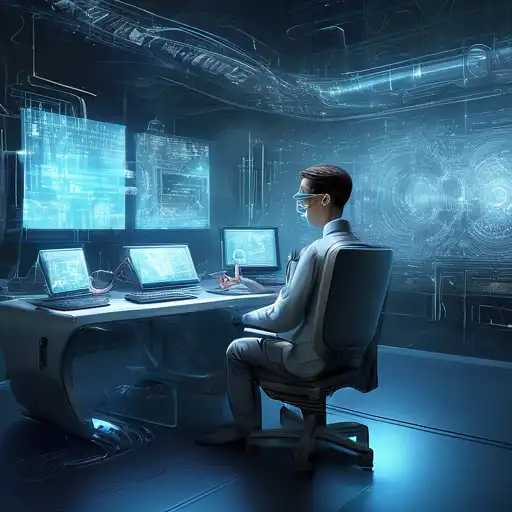Introduction to Computer Vision Technology
Computer vision technology has seen remarkable advancements in recent years, transforming how machines interpret and understand the visual world. This technology enables computers to identify, process, and analyze images in a way that mimics human vision, but with greater speed and accuracy.
Key Advancements in Computer Vision
Recent breakthroughs in computer vision have been largely driven by advancements in artificial intelligence (AI) and machine learning (ML). These include:
- Improved image recognition algorithms that can accurately identify objects, people, and even emotions.
- Enhanced real-time video analysis capabilities for surveillance and security applications.
- Development of 3D imaging techniques for more detailed and accurate spatial understanding.
Applications of Advanced Computer Vision
The applications of these advancements are vast and varied, impacting numerous industries:
- Healthcare: From diagnosing diseases through medical imaging to assisting in surgeries, computer vision is revolutionizing patient care.
- Automotive: Self-driving cars rely heavily on computer vision to navigate safely and efficiently.
- Retail: Enhanced customer experiences through personalized recommendations and cashier-less checkout systems.
Challenges and Future Directions
Despite its progress, computer vision technology faces challenges such as privacy concerns and the need for vast amounts of training data. However, the future looks promising with ongoing research in areas like explainable AI and federated learning to address these issues.
For more insights into how AI is shaping the future, check out our latest article on AI trends.
Conclusion
The advancements in computer vision technology are not just enhancing current applications but are also opening doors to new possibilities. As we continue to push the boundaries of what's possible, the integration of computer vision in daily life is set to increase, making it an exciting field to watch.
